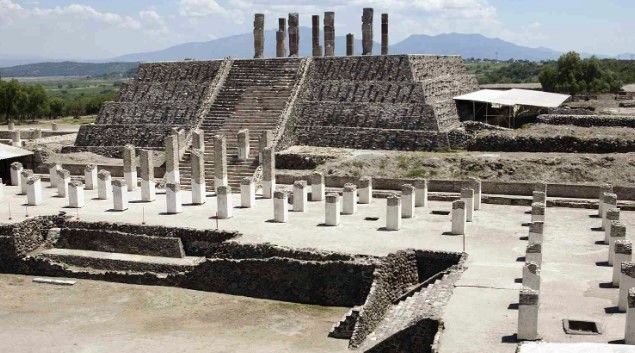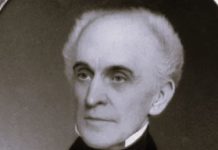What happened to the Toltec empire? Unfortunately, history defines nothing clearly about it. Around A.D. 900, the Toltec tribe migrated into the Valley of Mexico from the north. Toltec is pronounced TOLL-tec. The following centuries led to the creation of one of the four great Mesoamerican civilizations around A.D. 1200. Researchers describe Mesoamerica as a cultural area that includes parts of Mexico and Central America. It was in these areas that Indians established highly organized agricultural societies in the form of cities or city-states.
There is no doubt that cultural traits originating in central Mexico have spread to other areas of Mesoamerica, despite the skeptical school of thought. Thus, the dominant role of Teotihuacán in the Classic period and the spread of cultural traits throughout the region are generally attributed to this. Toltec tribes were one of the many nomadic hunting tribes known as Chichimec, which means “sons of the dog” in Aztec. They feared the local inhabitants when they first settled in the Valley of Mexico.
Under Mixcoatl’s leadership, the Toltec tribe became the dominant tribe after prolonged power struggles. The densely populated Mesoamerican region at that time was home to a wide range of people and tribes. The stone architecture was found in some of their population centers. Hieroglyphic writing was developed by some.
It was during the Preclassical period before A.D 300 that OLMEC developed the first great civilization. It is believed that the MAYA civilizations followed the Classic period which lasted approximately from A.D. 300 to 900. In the Classic period, Teotihuacán was another great city. Additionally, the Valley of Mexico was home to many centers of learning, religion, and commerce. It was Mixcoatl, the Toltec leader, who encouraged his followers to learn from these other cultures. Tula is the name of the city the Toltecs built.
During the Postclassic era, the Toltecs and other people after them, such as the Aztecs, rose to power between A.D. 900 to European arrival in about 1500. Postclassic civilizations were characterized by a number of cultural traits adopted from earlier Classical peoples who made great advances in knowledge. Toltecs developed new forms of knowledge based on earlier information carried to them. A child of Mixcoatl, named Topiltzín, who came to power in 968, encouraged learning and art among his people. Historically, much of the knowledge about the Toltecs comes from the Aztecs.
The Toltecs represented what was civilized in Aztec legends. Aztec mythology also recognized Mixcoatl as the father, a hunting legend, and Quetzalcoatl as the son, a great serpent deity revered by different Mesoamerican cultures. The Aztecs revered the Toltec leaders because Topiltzín took the name Quetzalcoatl. Toltecs built tall pyramids with columns and murals, palaces with columns and murals, ball courts, and other stone structures under Topiltz-Quetzalcoatl. During that time, they developed new kinds of corn, squash, and cotton, crafted exquisite gold and silver objects, made pottery designs with feathers, and used hieroglyphics to write.
As well as conquering other Indians around them, they influenced their art forms and architecture. During its peak, the Toltec Empire stretched from the Gulf of Mexico to the Pacific Ocean. Yet Topiltzín-Quetzalcoatl was overthrown. There is no certainty as to what caused the Toltec empire’s downfall. Human sacrifice was a widespread practice among the Toltecs, which led to the downfall of the Plumed Serpent. A legend says that the followers of the Plumed Serpent fled Tula after being defeated by the devotees of Tezcatlipoca, the night deity.
There are likely to be Toltecs who invaded the Yucatán Peninsula from the east, interbred with the Maya, and brought about the Maya Postclassic period. There was such a strong belief in the legend of Quetzalcoatl that even after his downfall, they awaited his return, thinking that Hernán Cortés, the Spanish conquistador, might be him.
In Tula and the Valley of Mexico, the Toltecs who succeeded Topiltz-n-Quetzalcoatl gradually lost power. As they themselves had once done, they faced a series of droughts, famines, fires, and invasions by tribes from the north. In 1160, Tula was destroyed. The Aztecs, the founders of the last great Mesoamerican civilization, rose to dominance after a period of tribal rivalry and power struggles. Read More – Rediscovering the Rich Cultural Heritage of the Slavey Tribe







